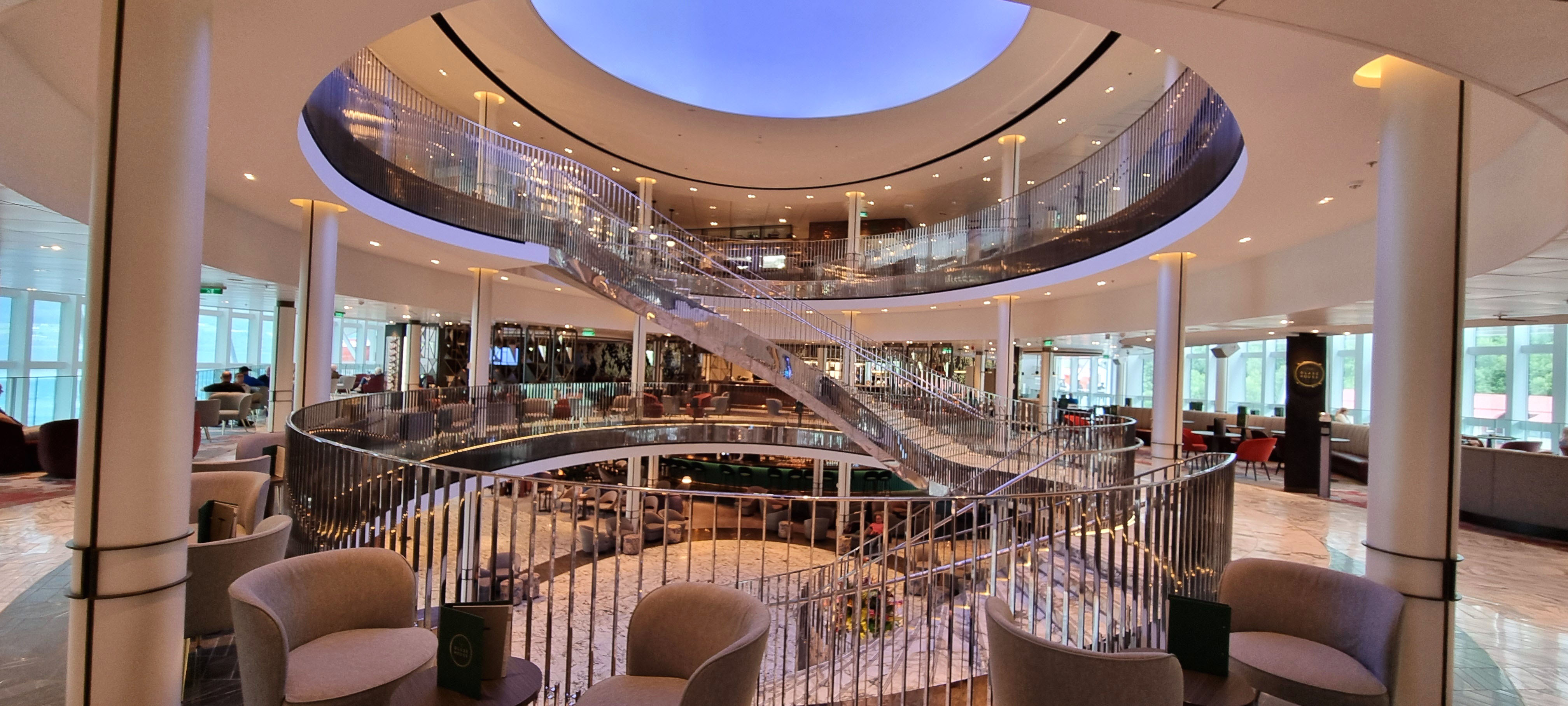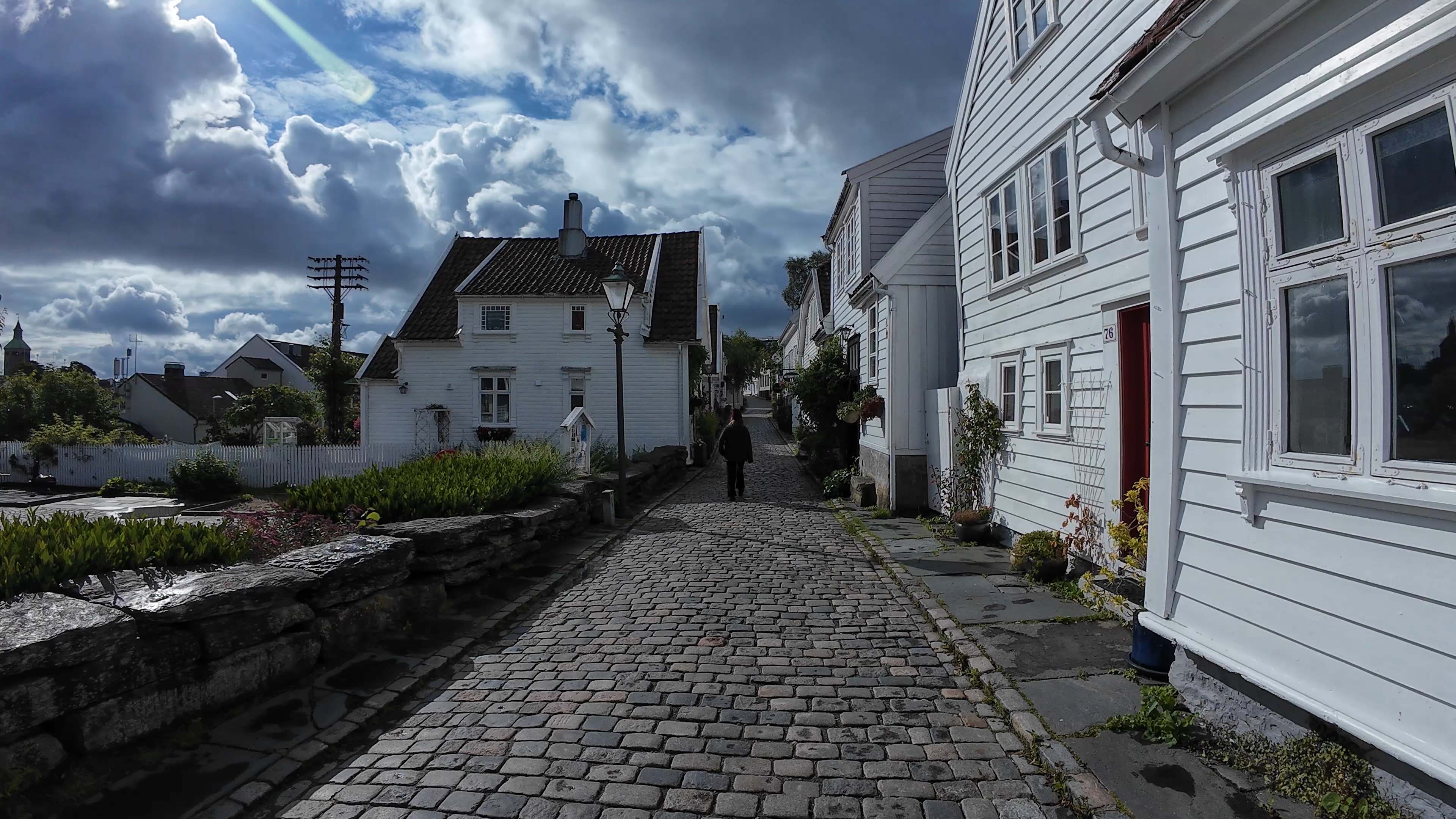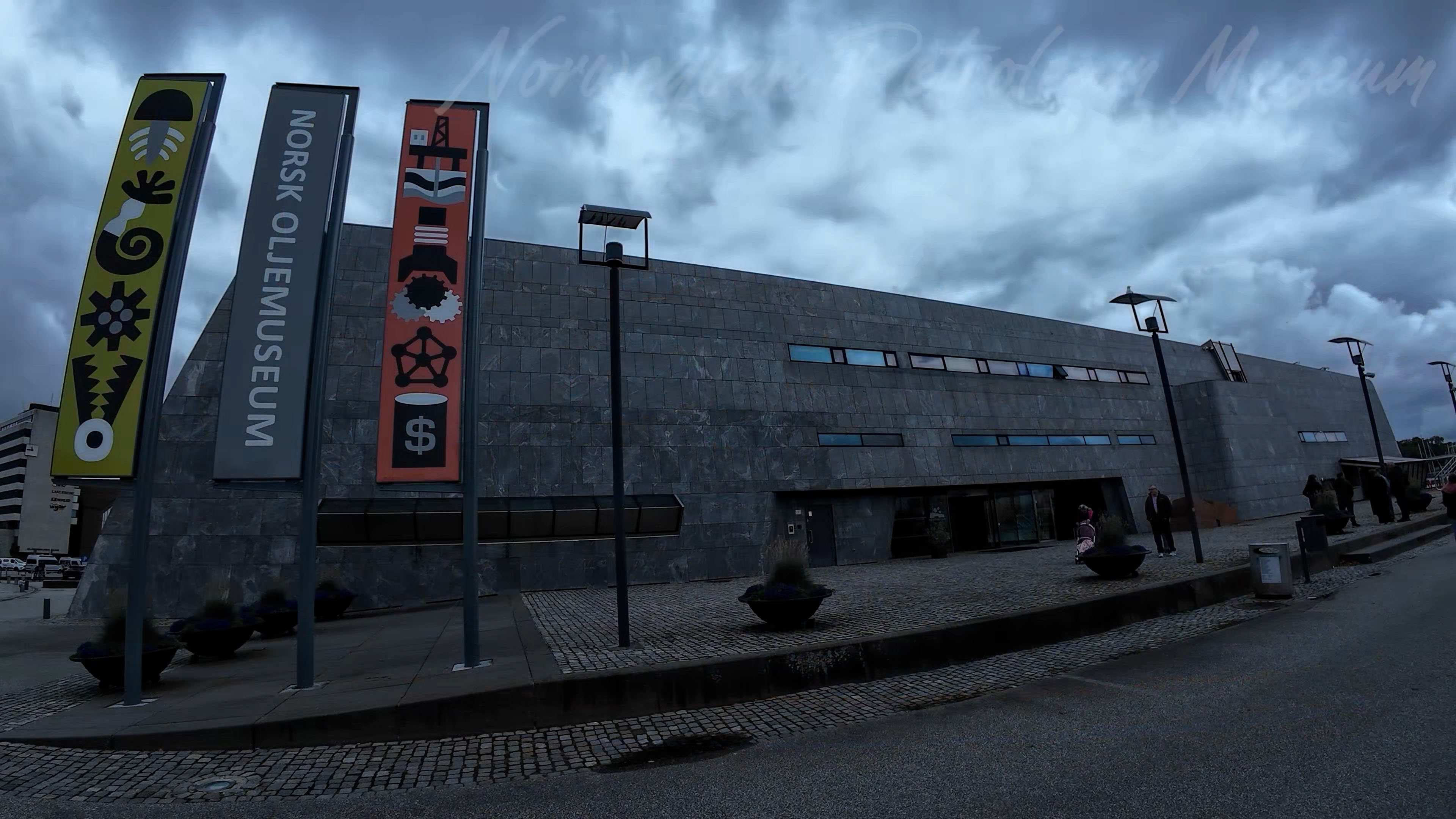Stavanger
On the 8th of July 2024, I had the opportunity to explore Stavanger, Norway, while travelling on the P&O cruise ship, Iona. Stavanger, a city rich in maritime heritage, offers a captivating blend of old-world charm and modern attractions. From wandering through Gamle Stavanger, with its preserved wooden houses, to delving into the city’s storied relationship with the sea at the Norwegian Petroleum Museum, each experience here felt unique. Stavanger’s easy-to-navigate layout and scenic beauty make it a favourite stop for cruise passengers. Here, I'll share some highlights from my visit and insights into what makes this coastal gem worth exploring.
About Stavanger: Location

Stavanger is situated on the southwest coast of Norway, facing the North Sea. This strategic location has cemented its place as a prominent port and gateway to Norway's stunning fjords, with Lysefjord, famous for Pulpit Rock, nearby. Cruise ships frequently dock here, taking advantage of the city’s well-equipped harbour and easy access to major attractions. Stavanger attracts thousands of passengers yearly, particularly during the summer months when cruise liners like the P&O Iona, as well as other notable ships, make it a regular stop. The port area is a mere walk from the city’s centre, allowing visitors to immerse themselves in Stavanger’s culture and history without extensive travel.
Old Town Gamle

Gamle Stavanger, or Old Stavanger, is the city’s historical heart and an unmissable attraction. This quaint area is home to over 170 preserved wooden houses, many painted white and dating back to the 18th and 19th centuries. Strolling through its narrow, cobbled streets, I felt as if I had stepped back in time. The architecture is classic, with well-maintained flower boxes, decorative details, and doors painted in bold colours, adding character to each house. Locals have taken great pride in preserving this district, and it shows. Gamle Stavanger has a distinctly peaceful atmosphere, ideal for walking and photography. The area has been recognised for its historical value, making it one of Europe’s best-preserved wooden house districts.
The Norwegian Petroleum Museum

Stavanger’s identity is closely linked to the oil and gas industry, and the Norwegian Petroleum Museum captures this connection vividly. Located on the waterfront, the museum itself is a striking structure, designed to resemble an offshore oil platform. Inside, it offers a detailed account of Norway’s oil history, the technologies used, and the industry’s influence on Norwegian society and economy. Exhibits cover a wide range, from the technical aspects of oil extraction to personal stories from those who worked on the rigs. I found the interactive displays particularly engaging, as they gave insights into how oil extraction works in challenging offshore environments. The museum also addresses environmental concerns, balancing the economic impact of the industry with its effects on nature.
The Maritime Museum
Another highlight of Stavanger’s rich coastal heritage is the Stavanger Maritime Museum. Housed in a historic warehouse, the museum gives visitors a glimpse into the region’s maritime history, which predates the oil boom. Exhibits showcase Stavanger’s evolution from a fishing village to a significant shipping hub. I appreciated how the museum uses artefacts like navigational tools, ship models, and personal items to illustrate the lives of seafarers and fishermen from past centuries. The museum also provides educational programs, which make it ideal for families and school groups interested in learning about maritime life. Walking through, I could sense the deep connection Stavanger has always had with the sea.
Stavanger Cathedral
Stavanger Cathedral, or Stavanger Domkirke, is the city’s oldest and most revered building. Constructed in the early 12th century, this Romanesque-Gothic structure has stood the test of time and remains a centrepiece of the city. Inside, the cathedral is modest yet awe-inspiring, with stone arches, wooden pews, and a beautifully carved pulpit. The cathedral has undergone several restorations, but it retains a sense of historic continuity. One of the unique features is its blend of styles; Romanesque elements can be seen alongside Gothic details, reflecting the changes made over centuries. The stained-glass windows and the intricately designed altarpiece added to the overall sense of reverence, making this a contemplative space amidst Stavanger’s vibrant city life.

